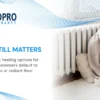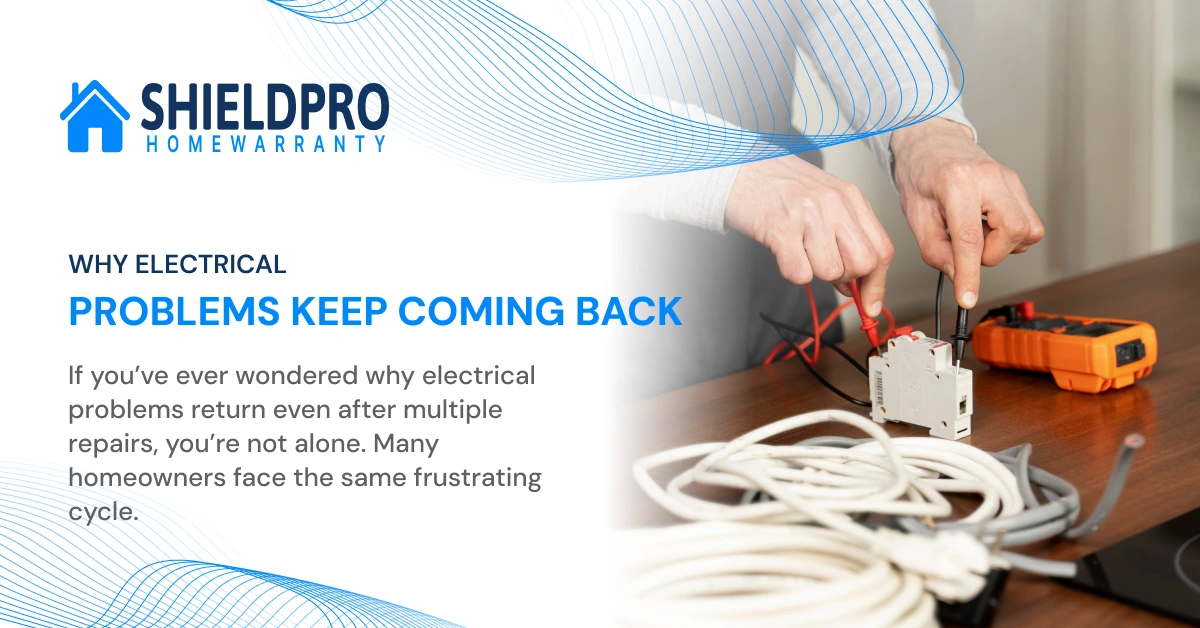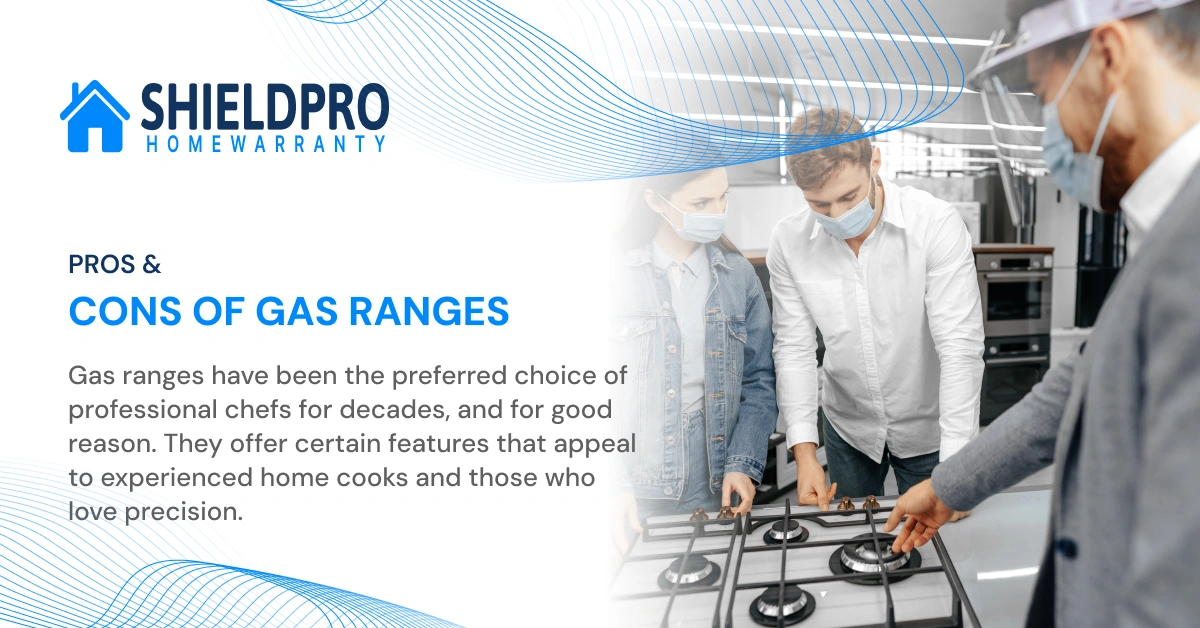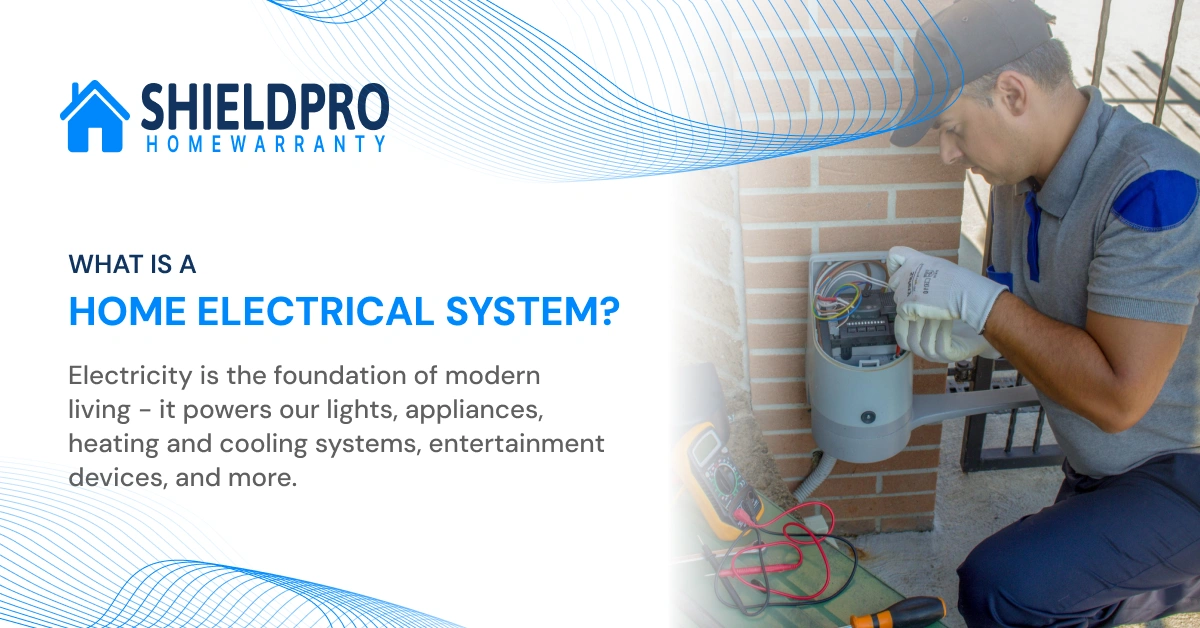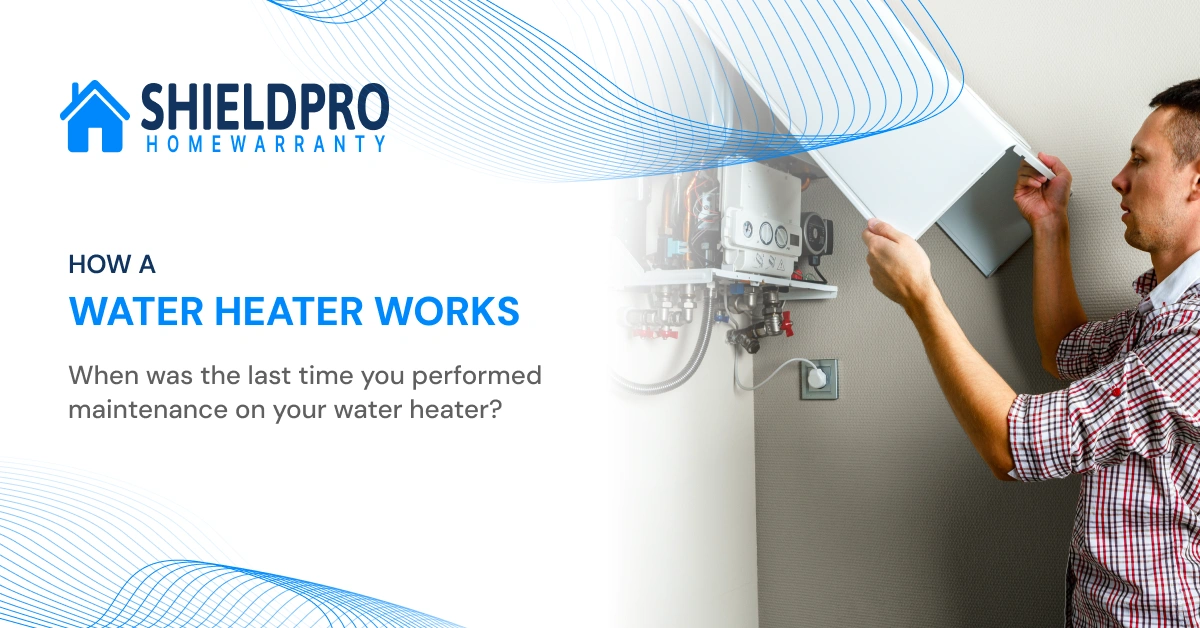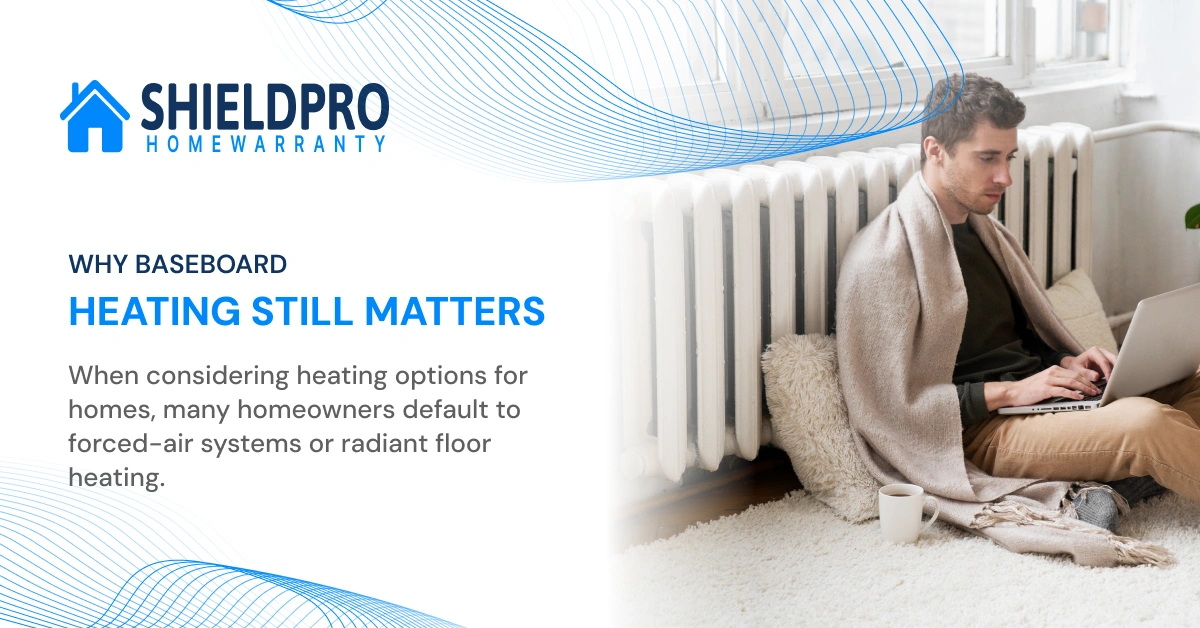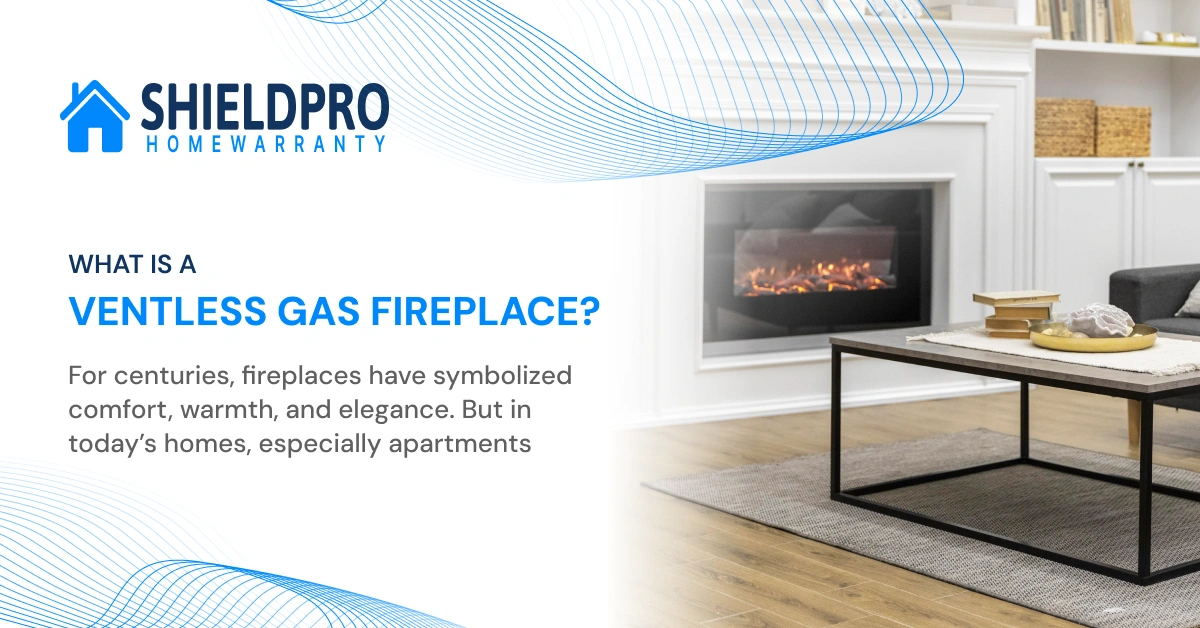
Introduction
For centuries, fireplaces have symbolized comfort, warmth, and elegance. But in today’s homes, especially apartments and newer constructions, traditional fireplaces often aren’t practical. The need for chimneys, vents, and constant maintenance has made many homeowners look for cleaner, simpler options.
That’s where the ventless gas fireplace comes in. This modern heating innovation combines the cozy appeal of a real flame with high energy efficiency and easy installation. Whether fueled by natural gas or propane, these fireplaces deliver consistent warmth without the need for a vent or flue.
In this comprehensive guide, we’ll explore how ventless fireplaces work, their benefits and drawbacks, key safety considerations, and how to choose the right one for your home. By the end, you’ll understand why this technology has become one of the most talked-about heating solutions today.
What Is a Ventless Gas Fireplace?
A ventless gas fireplace—sometimes called a vent-free or unvented fireplace—is a heating unit that operates without an external chimney or vent. It burns gas so efficiently that almost all of the heat and combustion byproducts stay inside the room.
Unlike vented models, which channel exhaust gases outdoors, ventless fireplaces rely on clean combustion and oxygen sensors to keep the environment safe. When oxygen levels drop below a safe limit, the built-in sensor automatically shuts off the gas flow.
This design makes ventless systems extremely efficient and easy to install, particularly in places where traditional fireplaces aren’t possible—like condos, apartments, or smaller homes.
How It Works
The technology behind a ventless fireplace is deceptively simple but very precise. It uses either natural gas or propane as fuel, burning at nearly 99% efficiency. Because combustion is so complete, the byproducts—mainly carbon dioxide and water vapor—are minimal and safe in a properly ventilated room.
Here’s a quick breakdown:
- Fuel Source – Natural gas or propane powers the flame.
- Clean Combustion – The system burns fuel efficiently, producing minimal exhaust.
- Safety Sensors – Built-in oxygen depletion sensors shut down the fireplace if oxygen levels drop.
- Heat Retention – Since there’s no vent, nearly all the heat remains indoors.
The result is steady, comfortable warmth without energy loss through a chimney.
Popular Types of Ventless Gas Fireplaces
Ventless fireplaces come in several styles to fit different spaces and design preferences.
1. Wall-Mounted Units
Sleek and modern, these models are ideal for contemporary interiors. They mount directly on the wall, saving space and creating a stylish focal point.
2. Freestanding Fireplaces
These stand-alone units can be placed almost anywhere. They resemble wood stoves and are great for rooms without built-in fireplace cavities.
3. Built-In Models
Built-in designs integrate directly into your wall or cabinetry, giving a seamless, custom appearance that enhances any living area.
4. Fireplace Inserts
A ventless gas fireplace insert converts an existing wood-burning fireplace into a gas-powered one. It’s an efficient way to repurpose your old hearth with modern technology.
5. Propane Fireplaces
For homes without natural gas lines, a ventless propane fireplace offers the same benefits using propane as the fuel source. These are especially popular in rural or off-grid homes.
Advantages of Ventless Gas Fireplaces
Homeowners choose ventless fireplaces for several compelling reasons:
1. Outstanding Efficiency
Nearly all the heat generated stays indoors, resulting in exceptional energy performance. Many units boast efficiencies as high as 99%.
2. Simple Installation
Because no chimney or flue is needed, installation costs are significantly lower than traditional systems. Most models can be set up in a day.
3. Cost-Effective Heating
Operating costs are low compared to wood-burning fireplaces, and you save on maintenance and chimney cleaning.
4. Clean and Eco-Friendly
Modern ventless systems burn fuel cleanly, producing almost no soot or ash. They’re better for the environment and easier to maintain.
5. Flexible Placement
You can install one in nearly any room—living areas, basements, or even master suites—depending on size and local regulations.
6. Realistic Flame Appearance
Today’s models feature natural-looking flames and decorative logs or glass media that replicate the ambiance of a traditional fireplace.
Disadvantages of Ventless Gas Fireplaces
While ventless fireplaces offer convenience and efficiency, there are trade-offs to consider.
1. Indoor Air Quality
Because exhaust gases stay in the room, humidity levels may increase. Over time, this can lead to condensation or slight odors if not properly ventilated.
2. Local Restrictions
Some states or municipalities limit or prohibit ventless systems for safety reasons. Always check your local building codes before buying.
3. Limited Flame Realism
The flames, while attractive, aren’t quite as dynamic as those in vented models that use an open flue.
4. Routine Maintenance
Although minimal, maintenance is still important—mainly cleaning the burners, checking the oxygen sensor, and ensuring proper airflow.
5. Moisture Buildup
Water vapor is a byproduct of combustion. In smaller spaces, it may lead to condensation on windows or walls.
Safety Features and Best Practices
Safety is central to every gas ventless fireplace design. Reputable manufacturers include multiple safeguards to protect homeowners.
- Oxygen Depletion Sensor (ODS): Automatically shuts off gas if oxygen levels drop too low.
- Carbon Monoxide Detectors: Recommended in every home for added protection.
- Proper Room Size: Each model specifies the minimum room volume required for safe operation.
- Annual Maintenance: Have the unit serviced yearly by a qualified technician.
Used correctly, ventless systems are very safe and reliable.
Vented vs. Ventless: Key Differences
| Feature | Ventless Gas Fireplace | Vented Gas Fireplace |
|---|---|---|
| Venting | Not required | Requires flue or chimney |
| Efficiency | Up to 99% | Around 70–80% |
| Installation Cost | Lower | Higher |
| Air Quality | Must monitor humidity | Clean exhaust |
| Heat Retention | Excellent | Moderate |
| Flame Appearance | Slightly artificial | Most realistic |
If you’re focused on efficiency, flexibility, and lower costs, a ventless model is the better choice. For those prioritizing traditional flame visuals and optimal air quality, vented options may still be preferable.
Installation Tips
To get the most out of your ventless fireplace:
- Hire a professional installer. Certified technicians ensure compliance with local regulations.
- Keep your room ventilated. Crack a window or maintain open airflow while the fireplace operates.
- Add a CO detector. This small step provides peace of mind.
- Follow manufacturer guidelines. Never exceed recommended operating times.
- Schedule annual servicing. Preventative maintenance keeps performance and safety at their best.
Maintenance for Long-Term Efficiency
Like any heating system, a ventless gas fireplace insert needs occasional care:
- Wipe logs and burner areas to remove dust.
- Check pilot lights and sensors for blockages.
- Inspect the flame’s color—blue flames indicate efficient combustion.
- Replace or clean filters as needed.
Regular maintenance not only extends lifespan but also ensures clean, odor-free operation.
Energy Efficiency and Environmental Benefits
Because they don’t lose heat through venting, ventless gas fireplaces are among the most energy-efficient home heating solutions available. Many homeowners report noticeably lower utility bills when using them as supplemental heating.
They’re also environmentally friendly—producing fewer emissions than wood-burning alternatives and generating no ash or particulate matter. For eco-conscious households, that’s a major plus.
Choosing the Right Model
Here’s what to keep in mind when selecting a gas fireplace ventless unit:
- Fuel Type: Natural gas for city homes, propane for off-grid properties.
- BTU Output: Match the heating capacity to your room size.
- Design and Style: Choose from classic, rustic, or contemporary looks.
- Safety Certification: Ensure the unit meets ANSI or CSA safety standards.
- Brand Reliability: Trusted manufacturers provide better performance and warranties.
Taking time to research these factors ensures you find the right fit for your space and lifestyle.
Common Misconceptions
Myth 1: Ventless fireplaces are unsafe.
Reality: Certified models undergo strict safety testing and include oxygen sensors and shutoff features.
Myth 2: They don’t provide real heat.
Reality: These units are highly efficient and deliver substantial warmth, often enough to heat medium-sized rooms.
Myth 3: They’re illegal everywhere.
Reality: Many states allow them, provided safety codes are followed.
Conclusion
The ventless gas fireplace is a smart blend of comfort, efficiency, and design flexibility. It offers homeowners the charm of a real flame without the installation costs or limitations of a traditional chimney system.
Though not perfect for every situation—particularly in tightly sealed rooms or humid climates—its convenience, clean operation, and energy savings make it an attractive choice for many modern homes.
Before installing one, consult local codes, hire a certified professional, and follow safety guidelines. When used correctly, a ventless fireplace can provide years of dependable warmth and style, all while saving energy and enhancing your living space.
Faqs
1. How do vent-free gas heating systems differ from traditional fireplaces?
Vent-free gas units differ from conventional wood or vented models because they don’t require a chimney or exhaust pipe. All the warmth produced remains indoors, making them highly efficient. Traditional fireplaces, on the other hand, lose some heat through the flue but may offer a more authentic flame and ambiance.
2. Are unvented gas inserts suitable for small spaces?
Yes, unvented gas inserts are ideal for compact rooms or apartments since they’re designed to maximize space efficiency. These systems distribute warmth evenly and are simple to install, provided the room meets minimum size and ventilation standards for safe operation.
3. What are the main benefits of using a no-vent gas heating appliance?
The biggest advantages include easy installation, cost savings, and excellent heat retention. Homeowners appreciate how these appliances convert nearly all fuel into heat without the need for complex venting systems. They also provide flexibility in design and placement throughout the home.
4. Are there any downsides to using unvented indoor gas heaters?
Yes, like any heating device, there are a few drawbacks. These can include a slight increase in indoor humidity and potential odor if not properly maintained. Regular inspection and ensuring your room meets ventilation guidelines can prevent most of these concerns.
5. Is a propane-fueled wall unit a reliable alternative to natural gas models?
Propane-powered wall units offer a dependable solution where a natural gas line isn’t available. They provide consistent heat, operate cleanly, and can be used in cabins, basements, or rural homes. They’re also known for being portable and energy-efficient, giving users flexible heating options.


